By Louise Irvine
Home-brewed beer is vital to Zulu culture and the essence of hospitality and community. Ritual beer drinking occurs at ceremonies marking social and spiritual occasions, including births, marriages and deaths. Beer is also used to evoke and appease the ancestors. Traditionally, women brew the beer and create the pottery vessels to contain it, as can be seen in the Ardmore figure groups exhibited in the new Cheers exhibition at WMODA.
According to Zulu legend, Nomkhubulwane, the goddess of nature and fertility, taught women the necessary skills for fermenting sorghum beer with “tasteful hands” and working clay from Mother Earth for the pottery. The brewing process takes about a week in large clay vessels known as imbiza. Woven basket lids cover the pots to keep out dirt and insects. The freshly fermented beer is then placed on an altar to the ancestors. A small amount of beer is always at their disposal, and skimmed foam is often dropped on the ground as an offering.
Ukhamba pots are used for the ceremonial serving of beer. Before the feast, they are passed around the gathering from the eldest to the youngest male and females are rarely present. Ukhamba were hand-coiled with clay collected by the riverbanks. They were pit-fired with aloe leaves and cattle dung, followed by a second wood firing to give a smoky black finish. The pots were then burnished with a pebble and rubbed with cattle fat to achieve a lustrous sheen. Ukhamba were usually decorated with incised and raised geometric designs around the waist of the vessel to make it easier to grip. The patterns have family and symbolic significance, especially the raised nodules known as amasumpa, which have been associated with cow’s teats, nourishment and wealth.
Traditionally, a Zulu man’s wealth was counted in cattle, which provided meat, milk and hides for clothing. Cattle were also the means of acquiring wives through lobola or bride price. The sacrifice of cattle was the central religious rite and the means of propitiating ancestors together with beer, which is also considered sacred. Beer is brewed to introduce a newborn to his ancestors and at coming-of-age ceremonies, in addition to weddings and funerals.
The Ardmore artists have created a fascinating collection of figures depicting Zulu women making ukhamba beer pots and Zulu men drinking from them. They have referenced the watercolors of the Victorian artist and explorer, George French Angas, who spent two years traveling around South Africa and published his book of drawings in 1849. There’s a real party spirit in Ardmore’s figure tableaux of traditional village feasts and gatherings, which are on display in the Cheers exhibition at WMODA. The traditional Zulu Cheers toast on such occasions is “Oogy wawa” which means safe travels. Travel to WMODA to see all the fantastic Ardmore ceramic art from South Africa when the museum reopens.
Read more about Ardmore’s Zulu Figures
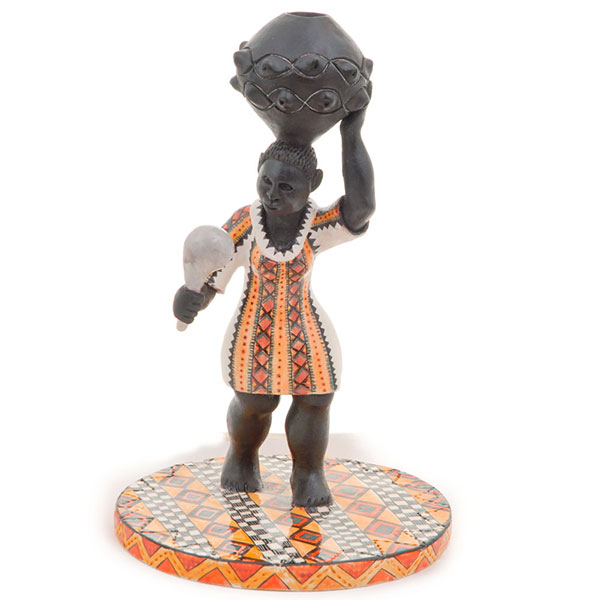
Ardmore Zulu Woman Carrying Beer Pot
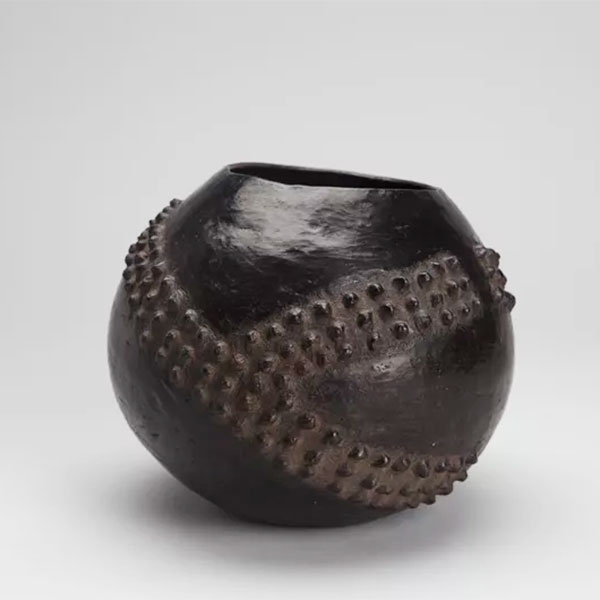
Ukhamba Beer Pot with Amasumpa
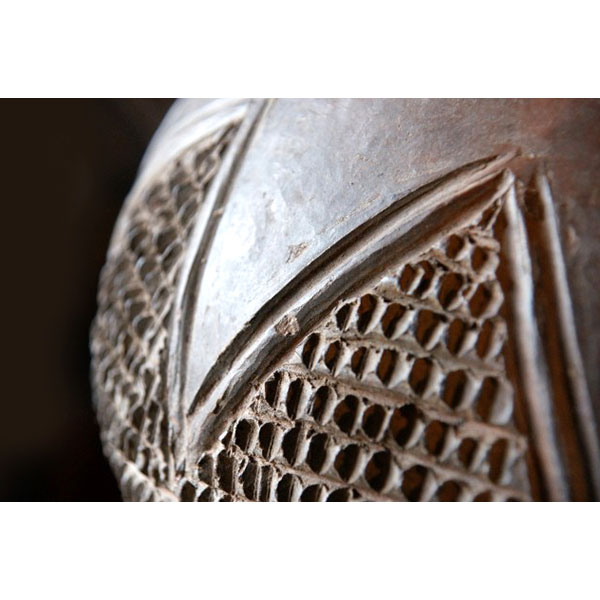
Ukhamba Beer Pot detail
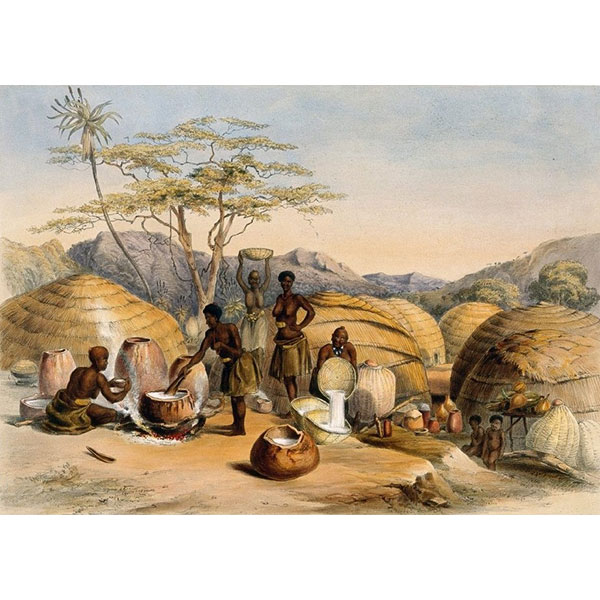
Zulu Women Brewing Beer G. F. Angas
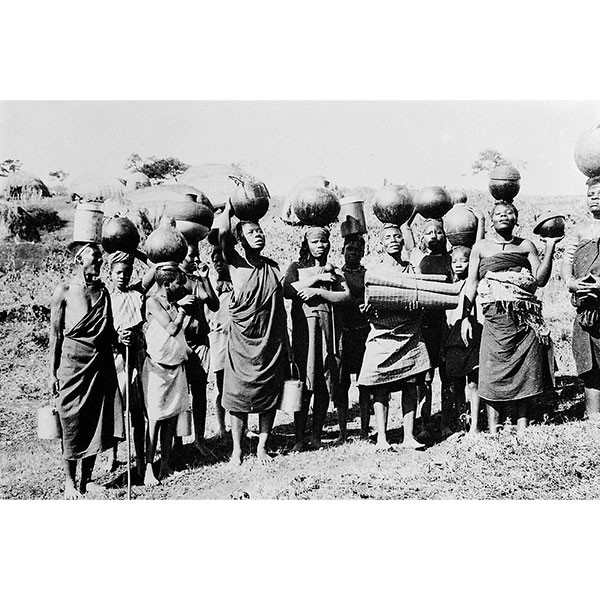
Zulu Women Carrying Beer
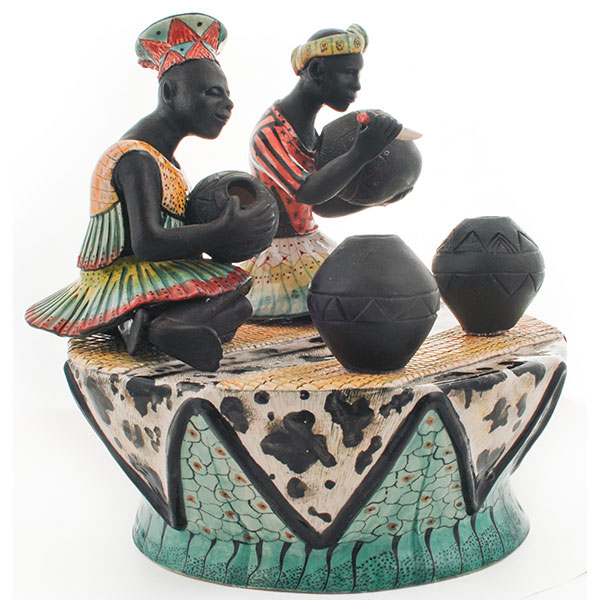
Ardmore Zulu Women Decorating Beer Pots
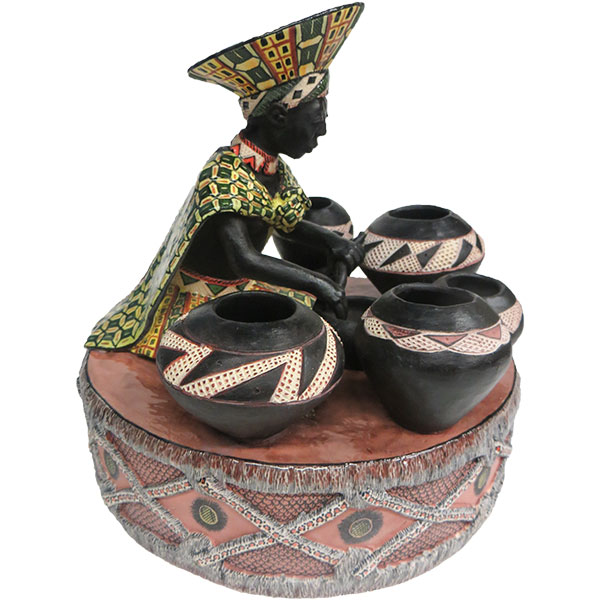
Ardmore Zulu Woman Coiling Beer Pots
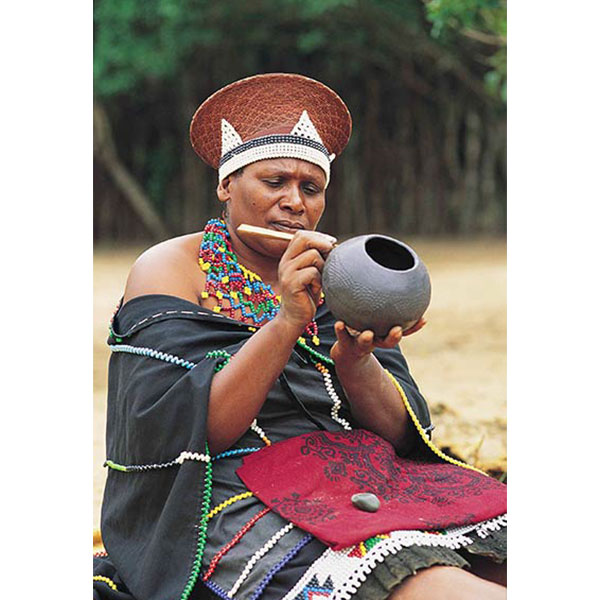
Zulu Potter
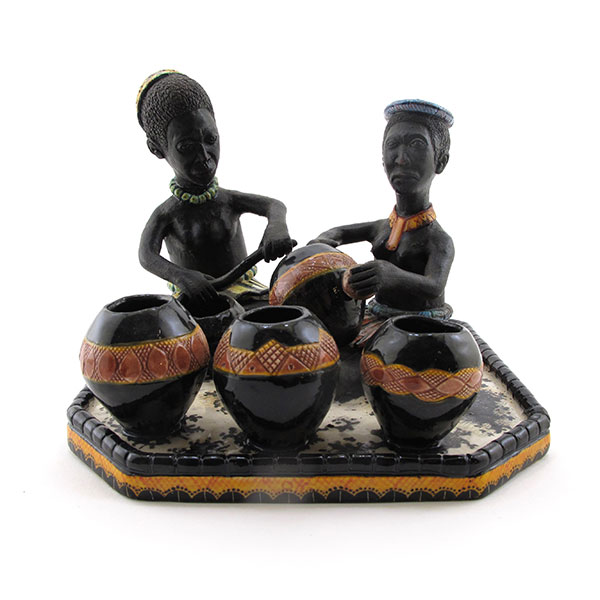
Ardmore Zulu Women Making Beer Pots
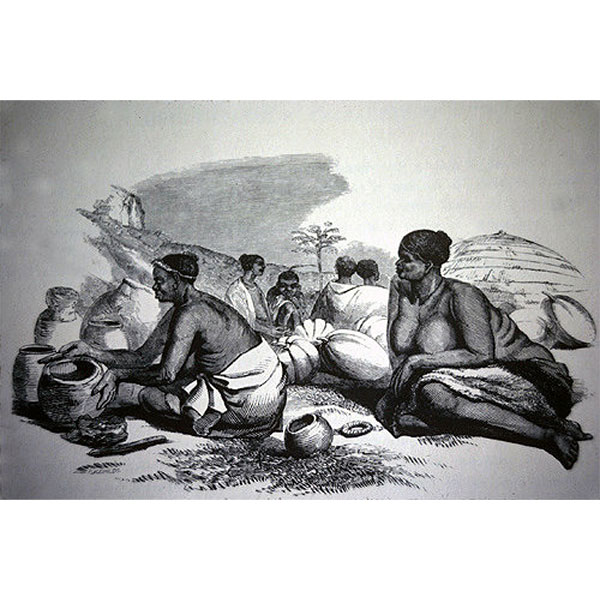
Zulu Potters G. F. Angas
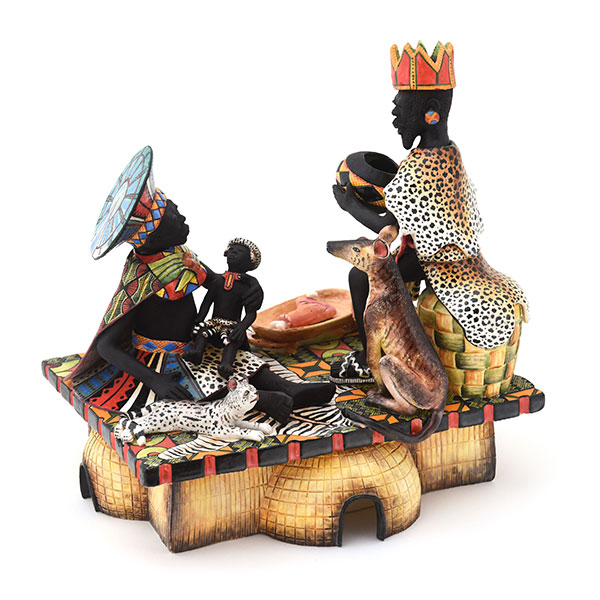
Ardmore Zulu Chief Drinking Beer
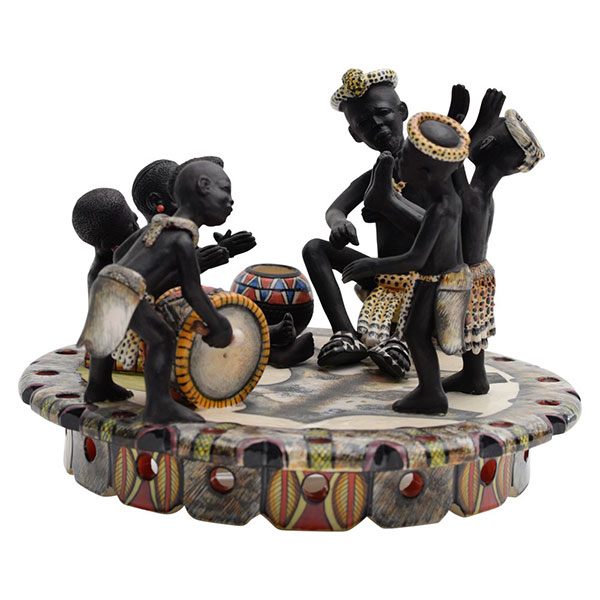
Ardmore Zulu Boys Dancing
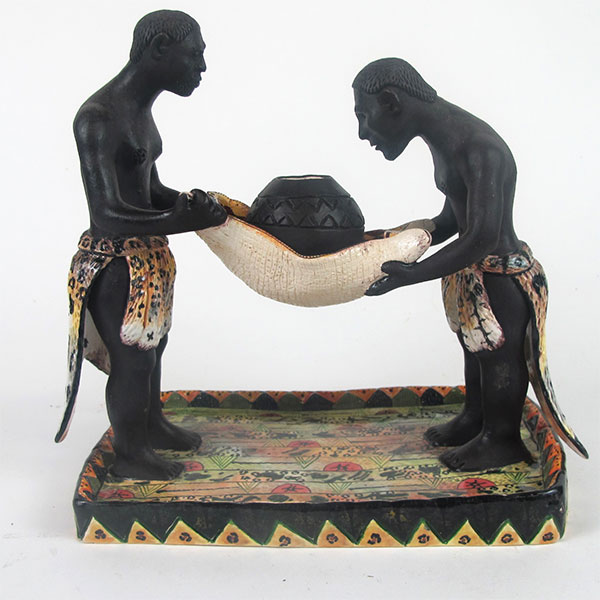
Ardmore Zulu Men Carrying Beer Pot
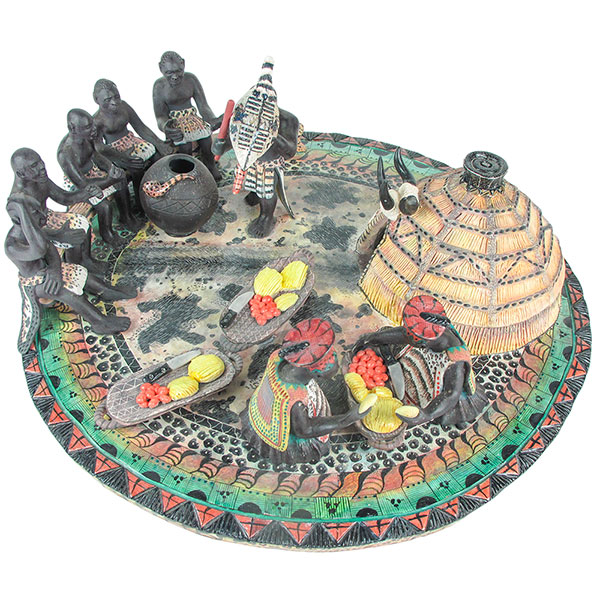
Ardmore Village
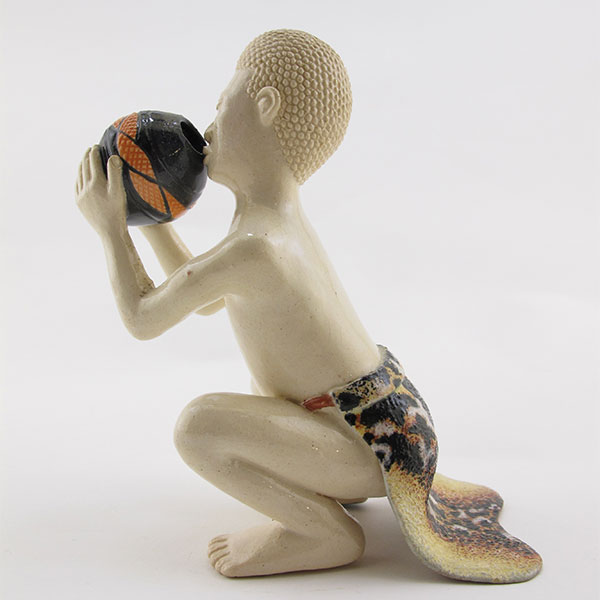
Ardmore Figure Drinking Beer
